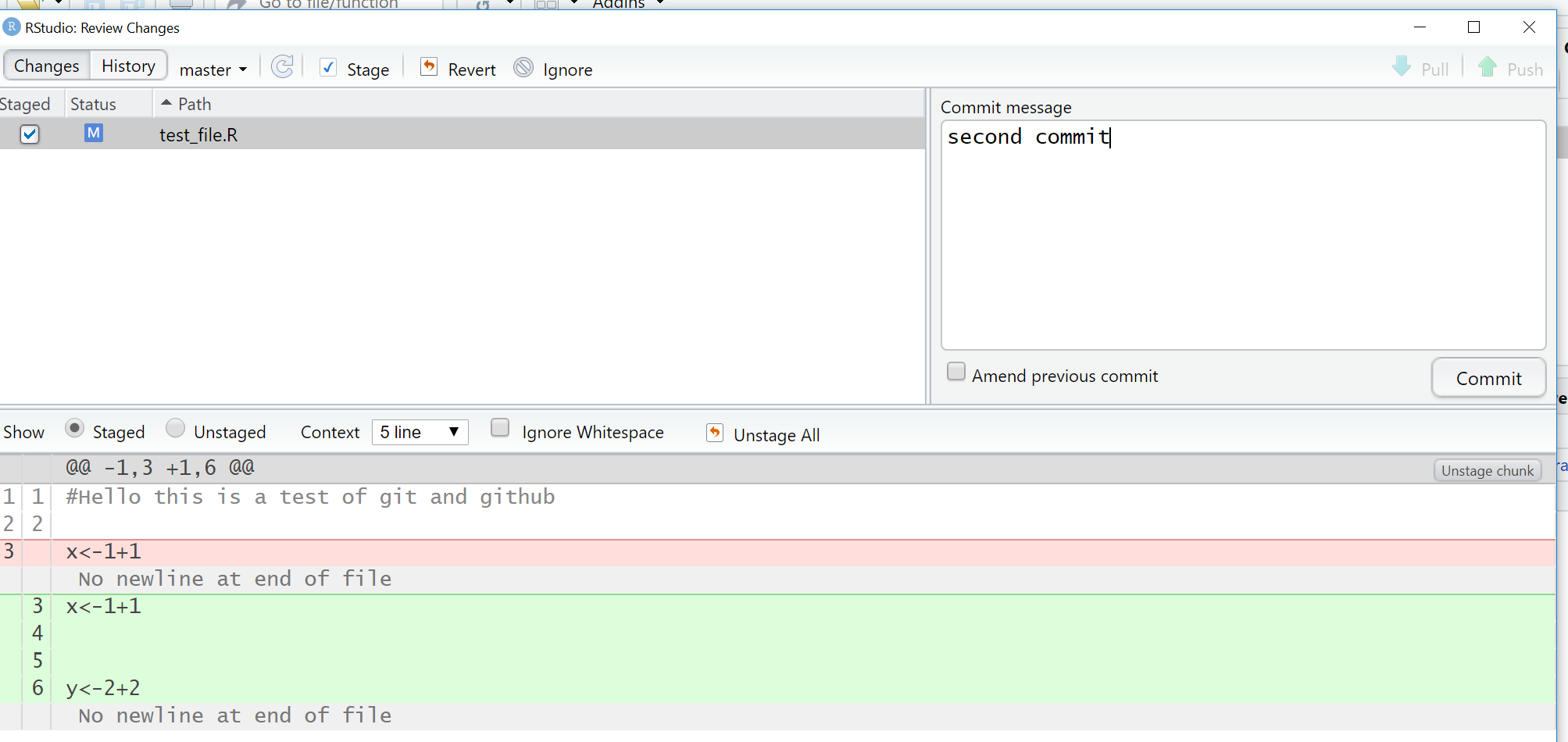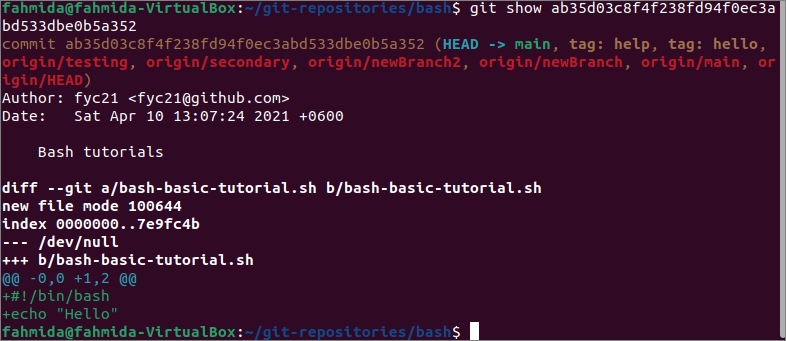

Note that modifying only half of the pair may cause confusing changes to the index. A commit is in fact, the Git version of saving. For preventing the staging of the modification, you can convert "-" lines to " ", and remove "+" lines. Modified content is shown with "-" lines (deleting the old content) followed by "+" lines (adding the replacement content).

In all cases, when rewriting history, you get new commits that you must use in place of the old ones: Git is deliberately designed to disallow removing stuff from the middle.
#Git commit new files archive
This will clone and perform git archive from local directory as not all git. Allowed archive formats zip, tar.gz, tar, tgz. If specified, creates an archive file of the specified format containing the tree structure for the source tree. In order to prevent staging their deletion, you can convert the "-" to a " " (space). GitHub keep every commit forever unless you get the GitHub folks to clean one out. Specify archive file path with extension. Lines beginning with "-" represent removed content. You can delete them in order to prevent staging any addition lines. Lines starting with "+" represent added content. Here are some common things you may see in a patch, and which editing operations make sense on them. If you want to decline the operation entirely, simply delete all lines of the patch.
#Git commit new files Patch
Arbitrary changes are made to the patch, but some changes may have complicated outputs or even an output in a patch that is inapplicable.

Tracked means those files added and committed in a previous snapshot and that Git is aware, tracking them for changes. s - splitting the current hunk into smaller onesĬalling git add -e or selecting e from the interactive chunk selector opens a patch in the editor after exiting the editor, the output is applied to the index. Will untracked files be committed In your working or local directory your files are either tracked or untracked.K - leaving the hunk undecided, checking the previous hunk.k - leaving the hunk undecided, checking the previous undecided hunk.J - leaving the hunk undecided, checking the next hunk.j - leaving the hunk undecided, checking the next undecided hunk./ - searching for a hunk which matches the given regex.d - not staging the hunk or any later hunk in the file.a - staging the hunk with all later hunks in the file.q - quit not staging the hunk or any remaining one.The available options are the following ones: You will be suggested a chunk of changes and prompted for a command. An interactive staging session lets you choose portions of a file to be added to the next commit.


 0 kommentar(er)
0 kommentar(er)
